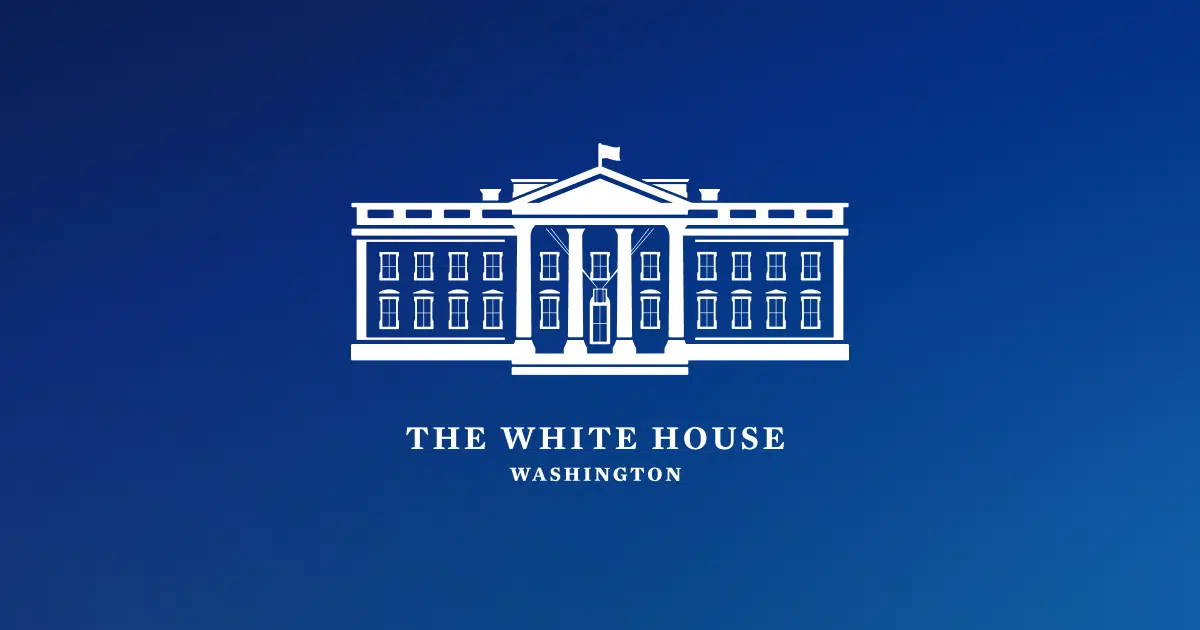On the 26th of last month, the Biden-Harris administration issued an “Executive Order on Combating Emerging Firearms Threats and Improving School-Based Active-Shooter Drills.” Buzzwords like “combating emerging threats” sound impressive, sure, but what does this executive order actually do, and how does it affect you? The answer to the latter is simple: nothing. If you clicked on this blog post in a panic just to find out if the legal situation surrounding your right to keep and bear arms has suddenly changed, you can close this tab in your web browser and go back to eating your lunch or whatever it is you were already doing. If you’re interested in the former question, that of what the executive order even does, read on.
This executive order, as most do, uses a fancy-sounding title that plays well in political messaging but does not serve to elucidate its content or purpose. It consists of five sections:
- Policy. Eleven paragraphs of the administration patting itself on the back about how great it is.
- Definitions. A very short clarification on what “machinegun,” “undetectable firearm,” and “3D printing” mean in the legal context of this document.
- Combating Emerging Firearms Threats.
- Understanding and Improving School-Based Active-Shooter Drills.
- General Provisions. Another short boilerplate section included as a legal disclaimer.
The salient points all lie in sections 3 and 4, so this blog post will focus on those.
Section 3, titled “Combating Emerging Firearms Threats,” is aimed at 3D printing and drop-in auto sears, here more broadly termed “machinegun conversion devices.” This section stands up an Emerging Firearms Threats Task Force, chaired by Harris, and tasked with… preparing reports. Two of them, to be fair, but that’s the extent of the Task Force’s responsibility over the next three months (now closer to two). Specifically, the reports are to quantify the national security threat of 3D printed firearms and machinegun conversion devices and recommend strategies to counter those threats.
Section 4, titled “Understanding and Improving School-Based Active-Shooter Drills,” directs a handful of department heads to… prepare more reports! This time, the Secretary of Education and several others are to prepare and promulgate information for state and local governments to direct active shooter drill policies in school. Additionally, the same federal officials are to “publish information on recommended areas for future research… [to] inform improvements to” such drills. The executive order doesn’t allocate funding for that research, but it does direct the relevant officials to find sources for that funding.
As a proud gun owner, as I’m sure most people reading this are, I was surprised to find that this executive order did not engage in any of the overreach we’ve all come to expect from this and past presidential administrations. Far from circumventing Congress to change legal definitions and create new criminals, it really just directs senior government officials to research the proliferation and criminal use of 3D printed firearms and machinegun conversion devices, and to publish information on school lockdown drills. Furthermore, the Emerging Firearm Threats Task Force’s deadline will come less than a month before the current President leaves office; even if he is replaced by his handpicked successor, there’s no assurance that any of the appointees on the Task Force will still have jobs.
If I were rabidly anti-gun, I would be disappointed in this executive order. It leads off by talking up the current administration’s gun control policies, then doesn’t deliver any gun control. I’m thankful for that, of course, because much of the current administration’s messaging on the topic has included advocacy for ineffective policies that disproportionately target law-abiding citizens, and I’ll actually be looking forward to reading and dissecting those reports when they come out. As for the section covering school lockdown drills, it’s odd that the administration is being so two-faced about this—denouncing politicians who advocate for better school security, then turning around and trying to enact it.
One final note—it’s too early to know what the White House will try, but expect an attempted crackdown on 3D printing. 3(b)(i)(A), 3(b)(i)(B)(ii), and 3(b)(i)(B)(iii)—yes, I had to spell those out—request information on the technological and legal feasibility of restricting 3D printers and their associated software so as to prevent the manufacture of drop-in auto sears. While we law-abiding gun owners support keeping firearms and firearm parts out of the hands of dangerous criminals, the government risks drastically overstepping its authority here. CAD software and 3D printers are just tools—to render them incapable of producing firearm components without otherwise impairing their functionality is next to impossible, and to require registration for them would be blatantly unconstitutional. Again, they haven’t tried anything yet, but stay tuned.
All in all, this most recent executive order is a big fat nothingburger. It doesn’t affect the average person, so don’t worry too much about its ramifications yet. If there’s enough interest from readers, I’ll be happy to break down the Emerging Firearm Threats Task Force’s reports once they become available within the next two and a half months or so.



